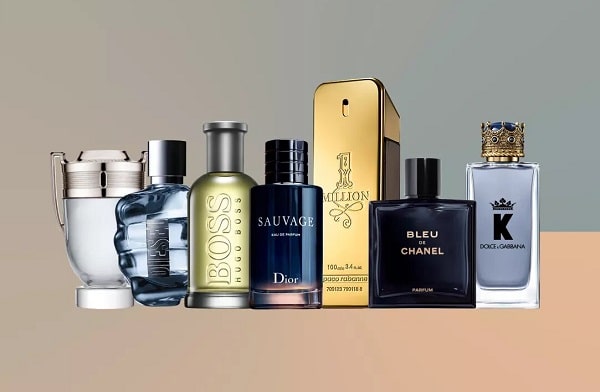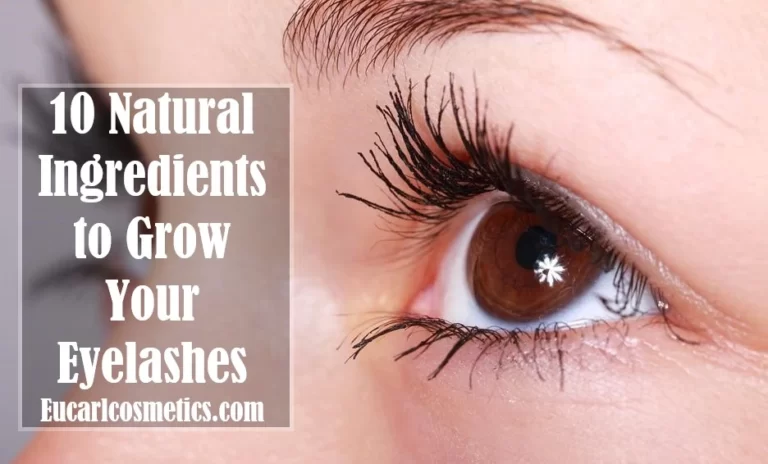How to Use a Contour Palette [Beginner Tutorial]
Do you want to learn How to Use a Contour Palette? if yes, then brace up as this article is for you. A contour Palette has many shades, that is, the standard contour palette. They are three basic shades every contour Palette must have and that is medium, light, and dark shades.
These shades should be available irrespective of the colors available in the palette. Being a pro at beating your face can sound so fun and cool till you need to understand the techniques involved.
How to Use a Contour Palette is not so difficult but it isn’t so smooth either, not with contouring as a major part of face definition.
Now, when contouring is done well, it enhances your facial features and sculpts at the same time softens your facial structure.
A straight nose, a defined cheekbone, a smooth forehead, and a set jawline, are the results you can get from a perfectly done contour.
It creates an illusion of perfection by helping to hide facial flaws. It gives your face a perfect design and chiseled structures.
It is always advised to contour the face after the foundation and concealer have been applied. This would help prevent makeup smearing or forming patches and give the face a smooth and glassy look.
Step by Step Beginner Tutorial: How to Use a Contour Palette
Below is the step-by-step guide on How to Use a Contour Palette like a pro.
![How to Use a Contour Palette [Beginner Tutorial] How to Use a Contour Palette [Beginner Tutorial]](https://eucarlcosmetics.com/wp-content/uploads/2022/07/ezgif.com-gif-maker-1-edited-1.webp)
Mark Out The Edges For Contouring
To perfectly use a Contour PaletteThis is always the first step when you are making use of your contour palette. The high points on the face are defined and marked out so the highlight can be made flawlessly.
These high points are usually the jawline, the hairline, the cheekbones, and the sides of the nose. Use a damp sponge and blend the marked-out edges into the skin.
Apply the Base Highlight
This is applied to lay a sort of foundation for your contouring. It brightens your facial features and sharpens your appearance.
To do this, pick the highlight that best suits your skin from your contour palette and apply it from the center of your face in a sweeping motion with your contouring.
Make sure that the highlight is a shade or two lighter than your skin tone. Use your contour brush and apply the highlight to the bridge of your nose, the center of your forehead, and your chin.
Create a Base Definition of The Cheekbones
This helps to create an illusion of a slim face. Depending on the shape of your face, you would want to be careful of the amount of contour color you apply.
Your skin tone also is a determining factor .when you want to apply the contour, hold the contour brush and weep your cheek up to your hairlines. The main aim is to give your cheekbones a prominent and chiseled look.
Be careful with the strength you use while applying the contour with the angled brush. The lighter the swipes you make with the contour brush, the lighter the contour. Do not put on too much contour powder or cream on the contour brush.
Sculpt the Chins With an Angled Brush
This has a lot to do with deep contouring. This means that you would be making use of the darker and deeper contour colors while matching them to your skin tones.
It also involves meticulous blending and swiping between the jawlines and hairlines. If you want to make the swipes look natural and sloppy, use the flat contour brush. A beauty blender is also important.
Blend the Contour to Your Neck
It has been confirmed that the neck and the face mustn’t necessarily have the same skin tone. This can be troubling for a novice who just started his or her makeup journey.
Here’s a way to minimize the effect of any difference this might cause on your outlook. It would be a very embarrassing and a terrible mistake if your face comes out different from your neck. You would love to slim in the harsh lines you created when contouring your defined features.
Now here’s the solution, after contouring the face, reapply a little contour cream or powder on the angled brush depending on the one available in the palette. Make the little circular motion and swipe on the neck and let it fade a little above the chest. You can also use the beauty sponge to blend. This will create a more natural and warm appearance.
Apply Finishing Touches
The fan brush is used to apply the finishing touches to your contour. Depending on the shades available in the contour palette, you can use a lighter shade to swipe along your already arched eyebrows, cheekbones, and other defined high points.
Finding the perfect match for your skin tone and undertone is usually the sort of task where you have to play around with the shades available to get the perfect match.
You are advised to test and mix them on the back of your palm and pick the one that matches.
Remove the extras and modify the extremes with the fan brush. You can also adorn the bridge and tip of your nose and the sharp cheekbones with light contour cream or translucent powder. This will help to brighten the shade of your contour. You can also use the fan brush to apply the blush.
Wrap Up
After contouring, you can start applying your makeup, don’t forget that blending is your closest friend. You would keep blending and blending so the contour can’t give a warm tone when you wanted a cool tone or vice versa.
If you have dark skin, avoid using shades that have a yellow undertone so that you won’t drain the skin of its natural tone. Also be careful of the shades you are using for highlighting, chiseling, and strobing.
If you use milky iridescent (opalescent) shades, it might look slimy or ashy on your dark skin, so try to avoid the kind of shades aforementioned. It will be better if the contour palette you are using has fewer shades so you can limit the options you can try out.
The type of contour palette you use depends on your personal preference. That might be a cream contour palette or a powder palette. Although the cream palette is easier for blending, the choice is always yours.
After you’ve finished the face definition and contouring, you can now continue with your flawless makeup.






